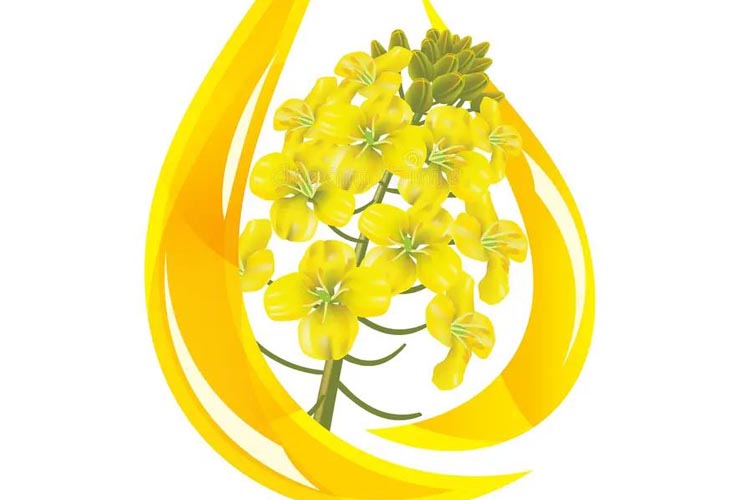Rapeseed prices in Ukraine are rising amid increased competition between processors and exporters and a 20% decline in the harvest

Rapeseed harvesting has been completed in Ukraine, with 3.163 million tons of rapeseed harvested from 1.283 million hectares (101% of the planned) with a yield of 2.47 tons/hectare, which is 12% lower than last year. Due to the loss of part of the crops caused by frost and drought, the rapeseed harvest in 2025 in Ukraine is 20% lower than last year’s 3.8 million tons, which increases demand from exporters.
Demand from processors this season has increased for two reasons: due to a drop in sunflower production, especially in the southern regions, and due to the introduction of a 10% export duty on rapeseed and soybeans. The law on duties has not yet been signed by the President and has not entered into force, but the risk of imposing duties immediately after signing limits exporters from purchasing in hryvnia, which allows processors to increase their purchasing volumes and gives them a competitive advantage.
Export demand prices for rapeseed in Ukraine have increased to 23,700-24,700 UAH/t with delivery to Black Sea ports, and prices under currency contracts have increased to 535-550 $/t. Traders note that farmers are usually willing to sell rapeseed for hryvnia to processors, receiving quick payment, rather than exporting, especially small batches.
Last week, processors raised purchase prices to UAH 23,500-24,500/t with delivery to the plant, and for oil content over 47-48% they offered a premium of UAH 300/t. This allowed them to increase purchases, so some plants, especially in the west of the country, already have sufficient stocks of raw materials for processing until October, when mass deliveries of sunflower will begin.
Global rapeseed prices remain under pressure from “trade wars”, namely restrictions on Canadian canola imports to China, which could sharply reduce Australian canola supplies to the EU, as well as the reduction of US tariffs on Chinese goods and the expectation of increased subsidies for biofuel production in the US, which will significantly increase demand for Canadian canola. The main question now is where the EU will import rapeseed from in the new season.
In the MY 2024/25 (July-June), rapeseed imports to the EU reached a record level of 8.3 million tonnes, which was 34% higher than the previous season. The largest suppliers of rapeseed were Australia – 3.9 (2.27) million tonnes, Ukraine – 2.7 (3.2) million tonnes and Canada – 1.3 (0.1) million tonnes.
Due to reduced rapeseed supplies from Ukraine and Australia, rapeseed imports to the EU in MY 2025/26 could fall to 6.1 million tonnes, so any reduction in supplies from Ukraine, Australia or Canada will have a strong impact on prices in the EU.
November rapeseed futures in Paris fell by 3% in the month and are trading at €471.25/t or $547.7/t amid rising rapeseed harvest forecasts in the EU and lower canola prices in Canada.
November canola futures in Winnipeg fell 6% in a month to 655 CAD/t or $473/t, which is 7.4% higher than last year’s level, and even China’s refusal to import does not have a significant impact on quotes, since domestic processing in Canada has increased significantly over the past year, while exports have decreased.
For almost 30 years of expertise in the agri markets, UkrAgroConsult has accumulated an extensive database, which became the basis of the platform AgriSupp.
It is a multi-functional online platform with market intelligence for grains and oilseeds that enables to get access to daily operational information on the Black Sea & Danube markets, analytical reports, historical data.
You are welcome to get a 7-day free demo access!!!
Read also
Official Release – December 17th! Crop & Price Navigator 2026/27
Ukraine’s harvest nears completion: Total grain output exceeds 56 mln tons
Wheat heads for worst week since June on global oversupply
‘Soybean GPT’ lands South Korea’s agriculture ministry in awkward situation
Thailand purchases 65 thsd tons of Argentine feed wheat
Write to us
Our manager will contact you soon



